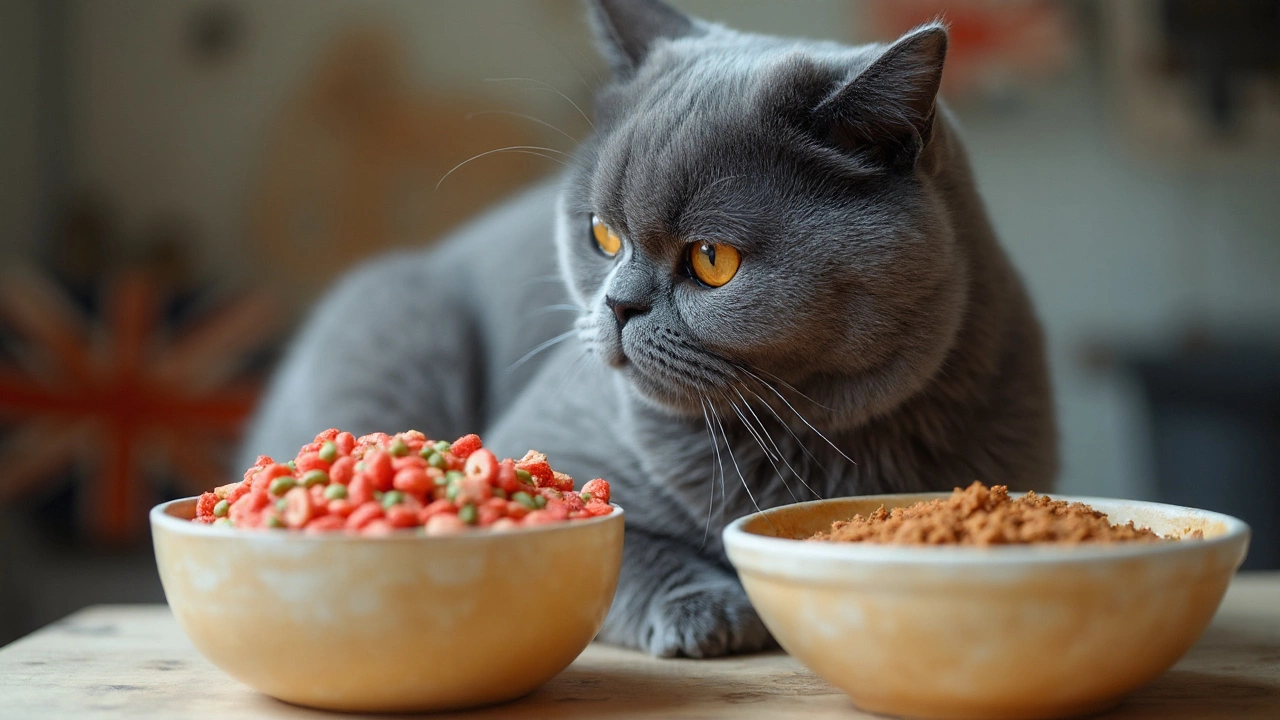Unhealthy Cat Food – What to Watch Out For and Why It Matters
Ever looked at a bag of cat food and wondered if it’s actually good for your feline? Not all cat food is created equal, and some brands hide ingredients that can hurt your cat’s health. Knowing the warning signs helps you avoid cheap, low‑quality meals that lead to weight gain, digestive upset, or long‑term disease.
Common Red Flags in Cat Food Labels
The first place to start is the ingredient list. If you see “meat by‑product” or “animal digest” near the top, that’s a red flag. These terms can mean anything from broken bones to low‑grade meat scraps. Look for real meat, fish, or poultry listed first. Also, watch out for too many fillers like corn, wheat, or soy – cats are obligate carnivores and don’t need plant‑based carbs.
Another clue is the use of artificial colors, flavors, or preservatives such as BHA, BHT, or ethoxyquin. These chemicals have been linked to allergies and, in some studies, to cancer in pets. If a label reads “no artificial additives,” you’re on safer ground.
How to Choose Safer Alternatives
When you’re shopping, aim for brands that publish a guaranteed analysis and a clear sourcing statement. Look for phrases like “human‑grade ingredients” or “whole‑prey diet.” Many reputable manufacturers also provide a nutrition adequacy statement from the UK’s FEDIAF (European Pet Food Industry Federation).
Consider wet food over dry kibble if you can. Wet food usually contains more moisture and less filler, which helps with kidney health and hydration. If you prefer dry food, check that the protein content is at least 30 % and that the carbohydrate level stays under 20 %.
Don’t forget to read reviews and ask your vet. A quick chat with a trusted vet can reveal if a specific brand has caused issues in other cats. Online forums can also give you real‑world feedback, but always cross‑check with reliable sources.
Finally, test a small amount of any new food before switching completely. If your cat shows no signs of vomiting, diarrhea, or loss of appetite after a week, the food is likely a good fit.
Keeping an eye on ingredients, avoiding artificial additives, and choosing high‑protein, low‑carb options will protect your cat from the hidden dangers of unhealthy cat food. Your feline deserves the same quality you’d give yourself – simple, nutritious, and safe.
Posted By Bryndle Redding On 5 Aug 2025 Comments (0)
Hidden Dangers in Dry Cat Food: What Ingredients to Avoid for Your Cat's Health
Learn what harmful ingredients lurk in dry cat food. Find out which additives and fillers to watch for and how to choose healthier options for your cat.
READ MORE